Introduction
sanger-tol is by design a collaborative effort, and would not exist if it were not for the efforts of many dedicated contributors.
Contributors
The sanger-tol pipelines and community is driven by many individuals, listed below. This list updates automatically.
Want to see who's working on what? See the contributor leaderboard on the Statistics page.
Partners
Tree of Life programme at Wellcome Sanger Institute works with several partners across the globe to deliver its goal to sequence all eukaryotic life on the planet. Some of these organisations are listed below, along with a key person who you can contact for advice.
Is your group missing? Please submit a pull request to add yourself! It's just a few lines in a simple YAML file.
Tree of Life
Wellcome Sanger Institute
The Tree of Life Programme investigates the diversity of complex organisms (eukaryotes - organisms that have a nucleus) through sequencing and cellular technologies. We generate and use high-quality genome sequences to explore the evolution of life, provide the raw materials for new biotechnology and deliver tools and understanding for biodiversity conservation.
European Nucleotide Archive
European Molecular Biology Laboatory - European Bioinformatics Institute
The European Nucleotide Archive (ENA) provides a comprehensive record of the world’s nucleotide sequencing information, covering raw sequencing data, sequence assembly information and functional annotation.
Vertebrate Genome Lab
The Rockefeller University
The Vertebrate Genome Lab (VGL) is a genomic-focused lab at the Rockefeller University. The main goal of the VGL is to serve as one the data production and assembly hubs for the Vertebrate Genomes Project (VGP). We specialize in long-read and long-range sequencing technologies. Our lab hosts several of the latest sequencing technologies as well as computing resources for genome assemblies. Our team is composed of field biologists, molecular biologists, and bioinformaticians encompassing all the required skills and talents for generating high-quality reference genomes.
Earth Biogenome Project
Global Futures Laboratory
The secretariat team of the Earth Biogenome Project helps onboarding new projects into the global effort for sequencing all life on Earth.
Projects we are involved with
Tree of Life programme at Wellcome Sanger Institute is part of several biodiversity projects. You can see an overview of these below.
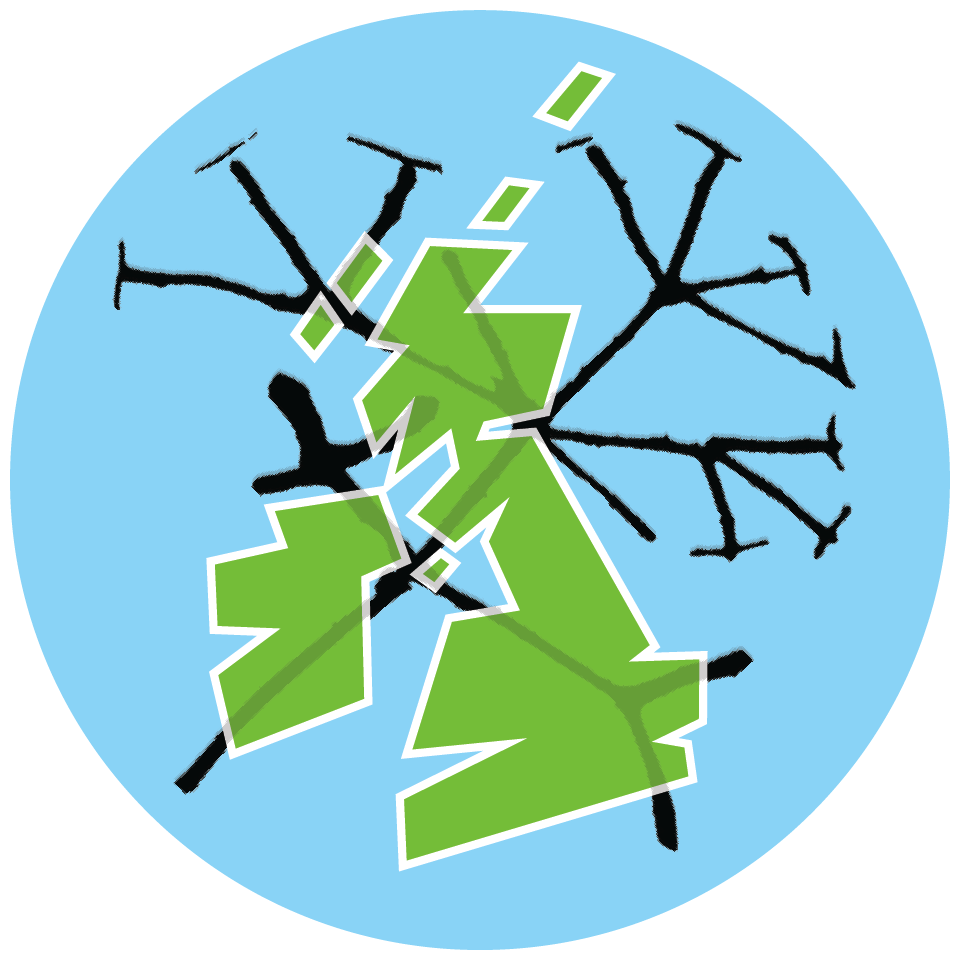 Darwin Tree of Life
Darwin Tree of Life
The Darwin Tree of Life (DToL)
project aims to sequence the genomes of 70,000 species of eukaryotic organisms in Britain and Ireland.
It is a collaboration between biodiversity, genomics and analysis partners that is transforming the way we do biology,
conservation and biotechnology.
The Darwin Tree of Life Project is one of several initiatives across the globe working towards the ultimate goal of sequencing all complex life on Earth.
We are focussing on the organisms that live in and around Britain and Ireland because they constitute what is probably the best known and most deeply studied biota in the world, explored during centuries of observation and research.
 Vertebrate Genomes Project
Vertebrate Genomes Project
The Vertebrate Genomes Project (VGP),
a project of the G10K Consortium, aims to generate near error-free reference genome assemblies of ~70,000 extant vertebrate species.
Phase 1 of the vgp will generate near error-free reference genomes of 260 species representing all vertebrate orders with a divergence time of ~50 million years ago (mya) or greater from their most recent common ordinal ancestor, including human and some species on the brink of extinction. We will sequence the heterogametic sex (when it exists) so that both sex chromosomes can be assembled for each species.
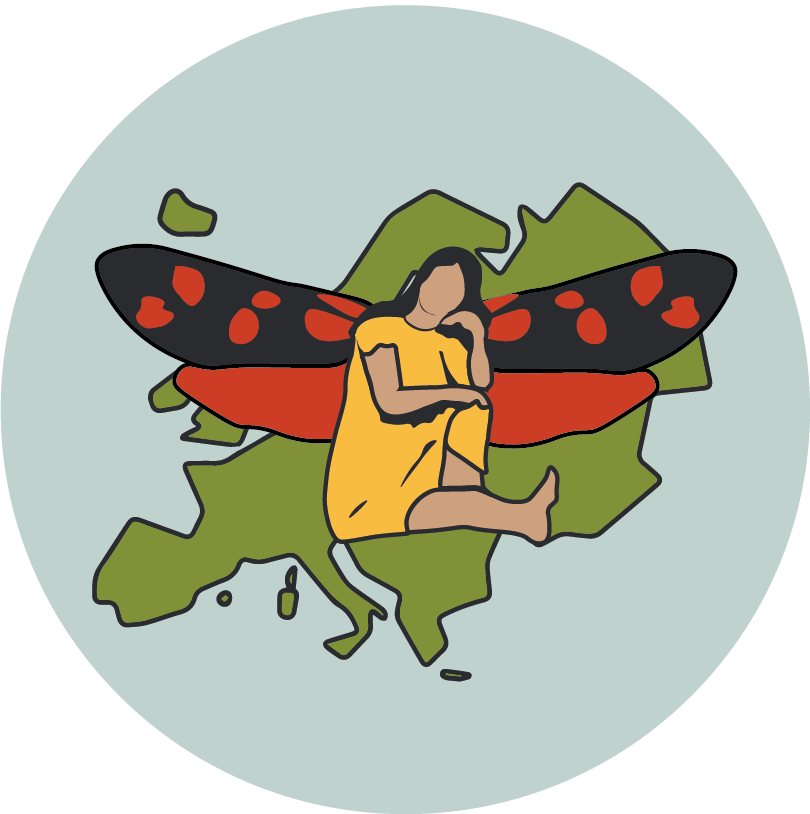 Project Psyche
Project Psyche
Lepidoptera, i.e. butterflies and moths, are vital components of the global ecosystem.
Project Psyche
is a pan-European research project established to sequence the genomes of all butterflies and moths of Europe; helping to conserve, protect and drive innovation.
Psyche is named after the Greek goddess of the soul – who was frequently depicted with butterfly wings and is renowned for her beauty.
Building on the Tree of Life Programme's expertise on similar biodiversity genomics projects, Project Psyche is expected to complete the 11,000 genomes in five years.
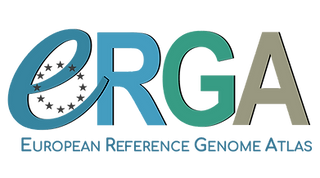 European Reference Genome Atlas
European Reference Genome Atlas
The European Reference Genome Atlas (ERGA) initiative is a pan-European scientific response to current threats to biodiversity. Reference genomes provide the most complete insight into the genetic basis that forms each species and represent a powerful resource in understanding how biodiversity functions. With approximately one fifth of the ~200,000 European species at risk of extinction, we need to act fast and together to generate high-quality complete genome resources in large scale.
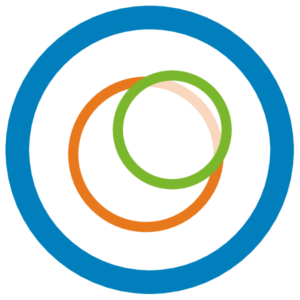 Aquatic Symbiosis Genomics
Aquatic Symbiosis Genomics
The Aquatic Symbiosis Genomics (ASG) project is sequencing the genomes of symbiotic systems. The project seeks to provide the genomic foundations needed by scientists to answer key questions about the ecology and evolution of symbiosis in marine and freshwater species, where at least one partner is a microbe. ASG is jointly funded by the Wellcome Sanger Institute and the Gordon and Betty Moore Foundation, with ten global partners acting as hubs for different groups of symbiotic organisms.
Ancient Environmental Genomics Initiative for Sustainability
The Ancient Environmental Genomics Initiative for Sustainability (AEGIS), jointly funded by the NovoNordisk Foundation and the Wellcome Trust, is a global consortium led by the Globe Institute at the University of Copenhagen. AEGIS aims to develop the essential science and methodology to use ancient environmental DNA (eDNA) – coupled with other ancient and modern biomolecule-based approaches – to identify important organismal associations and genetic adaptations in natural and agro-ecosystems that will improve future food security under climate change.
 Bat1K
Bat1K
Bat1K is an initiative to sequence the genomes of all living bat species, approximately 1400 species in total. The main goal of this consortium is to uncover the genes and genetic mechanisms behind the unusual adaptations of bats, essentially mine the bat genome to uncover their secrets. Using the newest of our genetic tools, we will deep sequence the blue print and genetic code of every species of bat in the world. It took over 13 years and $3 billion US dollars to sequence the first human genome, and given the great advances in the field it is now much faster and cheaper. We must put these fantastic technological advances to good use and push them to achieve their full potential. Imagine uncovering the secret of longer health-spans, flight, echolocation and disease resistance hidden in the bat genome.
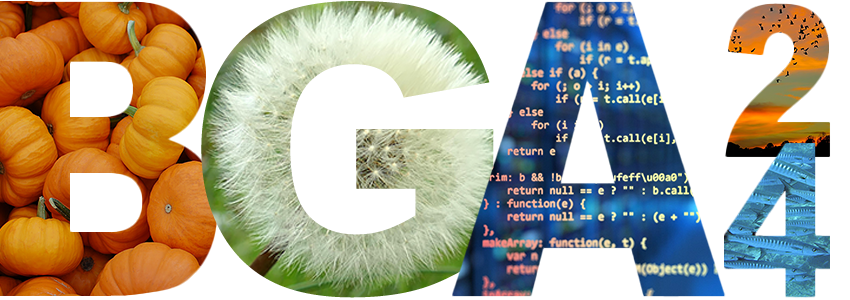 BioDiversity Genomics Academy
BioDiversity Genomics Academy
BioDiversity Genomics Academy is a series of free, open to all, online-only, short and interactive sessions on how to use the bioinformatics tools and approaches that underpin the Earth BioGenome Project and the field as a whole.